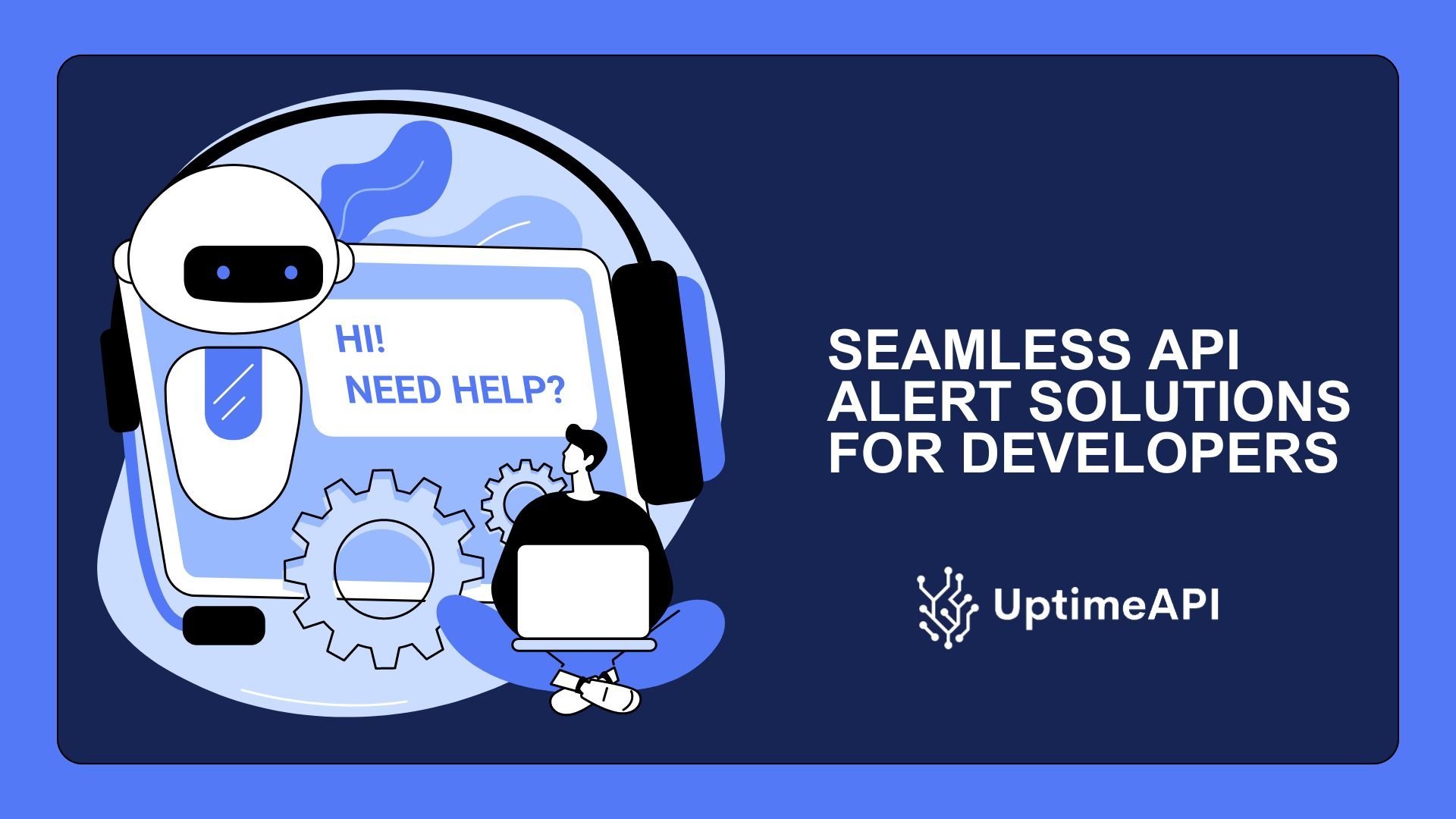Seamless API Alert Solutions For Developers

In today’s digital landscape, API monitoring is not just a preference but a critical necessity. For developers, understanding the importance of API alert and the key benefits of implementing effective API monitoring tools is foundational. These systems not only enhance the reliability and performance of applications but also ensure a seamless end-user experience.
Understanding the Importance of API Alert
Since APIs are the foundation of contemporary software and apps, they must be continuously monitored to guarantee optimal performance. Ensuring the availability and integrity of services requires regular API health checks and information on API uptime. API alerts give developers early notice of problems so they may take quick action to minimize downtime and related expenses.
Good monitoring tools give analytics to help future-proof programs in addition to identifying performance bottlenecks and notifications about API outages. Developers can make well-informed decisions with the help of tools such as this one, which provide thorough insights into the health, performance, and usage trends of APIs.
Identifying Common API Challenges
In addition to degrading user experience, downtime carries a real cost in terms of missed output and even lost revenue. By putting in place an API downtime alert system, teams may minimize any negative effects by identifying and fixing issues promptly. Security becomes critical as cyber attacks become more sophisticated. API error monitoring allows for quicker reaction times to any attacks by identifying anomalous patterns that could indicate a security compromise.
Problems such as delayed responses from the API might lead to bottlenecks that impact the entire service. Monitoring tools can quickly detect and assist in resolving these problems, ensuring that performance bottlenecks are removed without having a major negative impact on users. Understanding key performance and health indicators such as API status, API health, and API performance is necessary to determine what should set off an alarm. The development team should be alerted to any irregularities that might point to an issue by setting up alerts.
Uptime API

You can keep an eye on your APIs with the Uptime API. It functions by progressively verifying that your APIs are operational and functioning as planned. Setting up monitoring is simple. In order to set up monitors, you must be able to modify the watch's timeouts and intervals as well as know the URL of the target API endpoint to be observed. You are able to monitor changes in API uptime and performance over time because the API offers historical data and analytics. Make your logs available so you can investigate any API problems.
The Uptime API features monitoring intervals that control how frequently it checks the functionality of your API and timeouts that control how long it will wait for a response. These features allow you to customize the monitoring to your requirements and tastes. You may also choose which contacts receive dashboard notifications and configure alerts. After that, you can utilize this to notify your team. Select the monitoring package that best meets your needs by selecting from a range of customisable options with different monitor capacities.
All prices are displayed in US dollars. All major credit and debit cards are accepted. One of the most reputable businesses in the payments industry, Stripe, powers the payment system that makes use of the most latest security technology. Furthermore, you can use the Uptime API for free for thirty days after that, at which point you can subscribe to a more expensive subscription.
